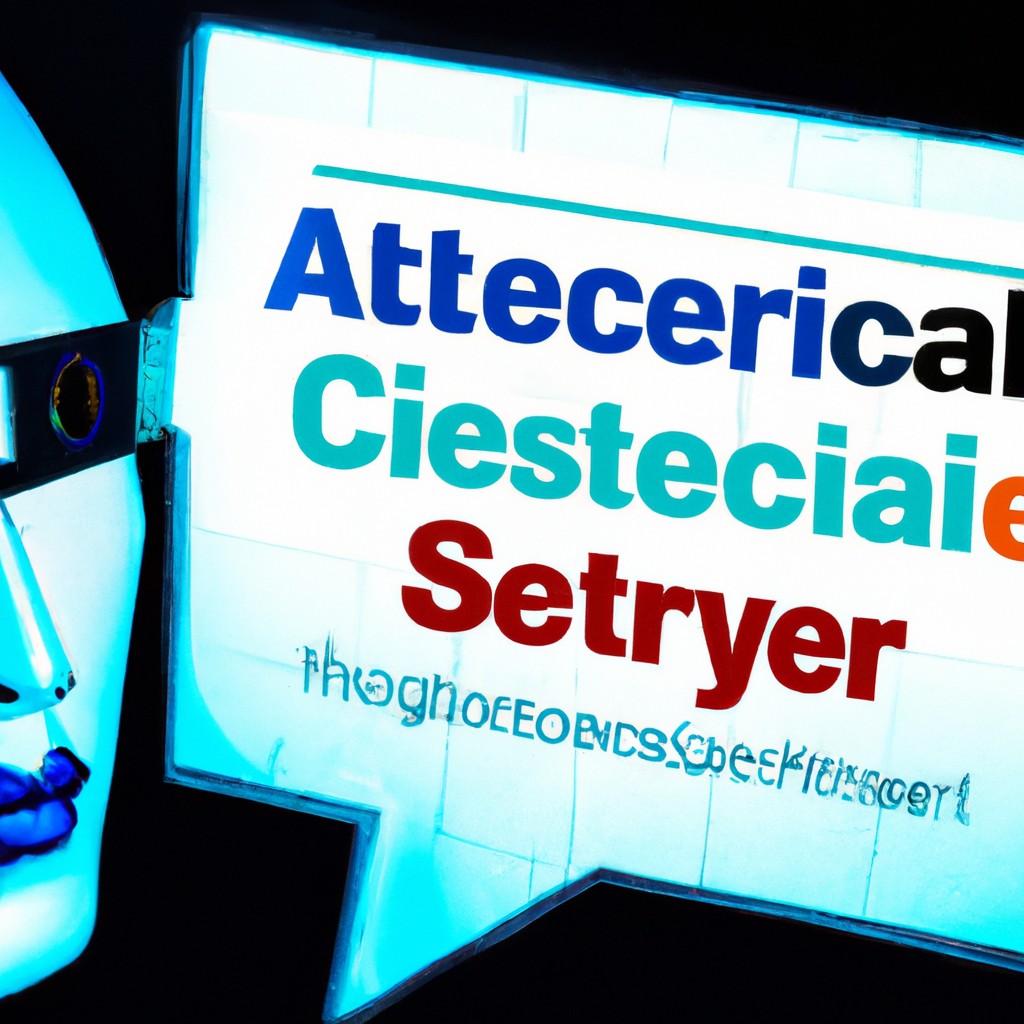In November, researchers from Google Project Zero and DeepMind made headlines by discovering the first real-world vulnerability in a large language model (LLM). The team’s findings highlight the potential of AI-powered vulnerability research and its ability to identify previously unknown exploits.
The Discovery: A Collaborative Effort
The vulnerability, an exploitable stack buffer underflow in SQLite, a widely used open-source database engine, was discovered through a collaborative effort between Project Zero and DeepMind as part of the Big Sleep project. Although it appeared in an official release before the team’s findings were published, they immediately reported the issue to the developers, who fixed it on the same day.
The Power of AI-Powered Vulnerability Research
The Big Sleep researchers used their AI-powered vulnerability research framework, Naptime, to identify the flaw. Naptime is a hybrid framework that enables an LLM to assist vulnerability researchers by interacting with specialized tools designed to mimic the workflow of a human security researcher.
A New Era in Vulnerability Detection
The Big Sleep project marks a significant milestone in the development of AI-powered vulnerability research. By leveraging machine learning and natural language processing, this approach has the potential to significantly improve the efficiency and effectiveness of vulnerability detection.
In traditional fuzz testing, invalid or unexpected data is provided as input to a software program to identify exceptions such as crashes or memory leaks. However, this method often fails to detect vulnerabilities that are variants of known issues or zero-days, which require manual analysis.
The Big Sleep researchers acknowledge that while fuzzing will continue to be effective in detecting vulnerabilities, AI-assisted manual vulnerability analysis can narrow the gap between detection and exploitation. By providing a starting point for vulnerability research, such as details of previously fixed vulnerabilities, AI-powered frameworks like Naptime can help reduce ambiguity and improve the quality of root-cause analysis.
Real-World Implications
The discovery of the first real-world vulnerability in an LLM using SQLite highlights the potential of AI-powered vulnerability research to improve the detection and exploitation of previously unknown exploits. However, it’s essential to note that this is not the first instance of LLM-assisted vulnerability discovery.
In April 2024, security researcher AIfredo Ortega discovered a zero-day in OpenBSD using LLMs and published his results in June. Additionally, Google’s Open Source Security Team found an out-of-bound read in OpenSSL in October.
Conclusion
The discovery of the first real-world vulnerability in an LLM using SQLite highlights the potential of AI-powered vulnerability research to improve the detection and exploitation of previously unknown exploits. While there are still limitations to this approach, it has the potential to significantly enhance the efficiency and effectiveness of vulnerability analysis and mitigation.
As researchers continue to explore the capabilities of AI-powered vulnerability frameworks like Naptime, we can expect to see significant advancements in the field of software security.









